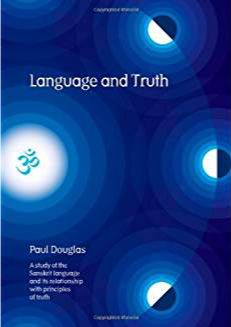M. Advaita Vedanta’s perspective is better seen from the top down rather than from the bottom up. Consciousness or awareness can be considered (there is a consensus on this) as a ‘fundamental ‘property’ of (or pointer to) reality’, not reality itself, which is unfathomable and indescribable. It permeates every apparently external phenomenon, which is thus an expression or manifestation of Consciousness. Accordingly, a neuron, an electron, is a manifestation of Consciousness – ‘the One without a second’. Alternately, neurons, atoms, etc. are embedded in Consciousness or reality.
PB. I think the best words you can use to characterize reality are awareness/consciousness, existence/beingness and bliss/love. However, I wouldn’t identify reality with consciousness, the other two concepts, or all three together. They are just the purest manifestations of reality that we can identify. True reality is not a thing or concept, it is beyond definition.
But yes, I would agree that neurons, electrons etc. are phenomena of consciousness, as are these words and the bodies and minds that write them.
M. Metaphysical truth is sometimes called apperception, or direct supramental perception, and it is non-transferable. Nicholas of Cusa put it this way: “The highest wisdom is this, to know… how that which is unattainable may be reached or attained unattainably”. Metaphysics (philosophia prima, or first philosophy of medieval times) is not science, and its truths are often dressed as paradoxes, analogies, and metaphors; they are not meant to convince anyone who is not open to them.
……………………………..
A metaphysical truth appeals to intuition; it is an experience, or knowledge-experience… It is not speculation and is not amenable to subject-object relationship or distinction.
M. (to another participant) Did you look up the word ‘rishi/s’? It means ‘sage’ – Swami Vivekananda described Rishi-s as Mantra-drashtas or “the seers of thought”. He told— “The truth came to the Rishis of India — the Mantra-drashtâs, the seers of thought — and will come to all Rishis in the future, not to talkers, not to book-swallowers, not to scholars, not to philologists, but to seers of thought.” (From Wikipedia).


